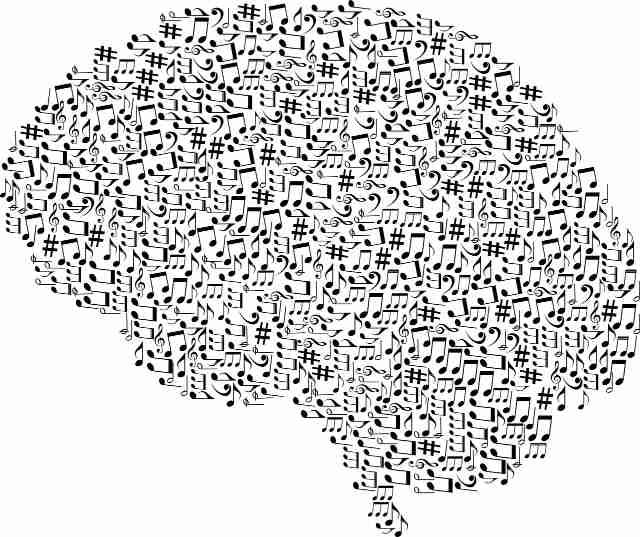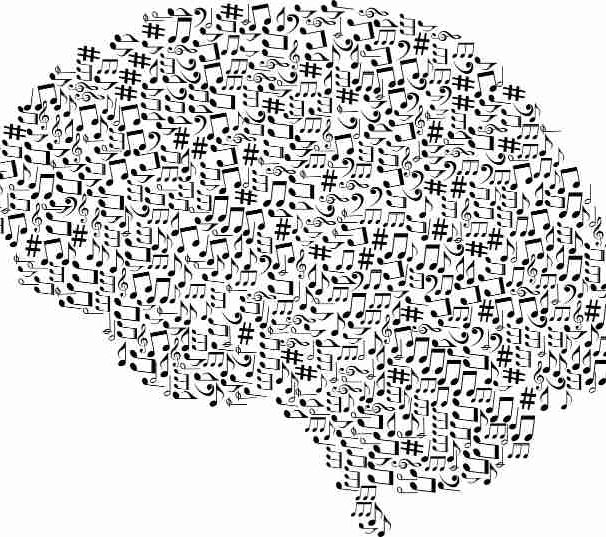
Music visualization gives the player a potent practice tool. But how do you really use it to make yourself a better player? How can visualization really help? Can it in actuality?
What is music visualization?
In terms of practicing music or an instrument, you can think of music visualization as creating music in your mind. Musicians use this technique as a form of mental practice where they may strictly use their imagination to “see” themselves delivering a flawless musical performance while not in reality physically playing their instrument. They may also use music visualization to create a mental backing track which they hear in their mind while actually practicing along with their instrument.
The endless learning offered by the guitar
Music never stops amazing me. And especially the guitar. It’s one of the reasons that I love the guitar so much.
No matter how much you learn on the guitar, and no matter how good you get, you always have more to learn. New discoveries constantly present themselves.
And sometimes, you have to experience the same lesson in different ways before it finally sinks in. Sometimes one presentation of an idea hits you differently than another.
Such a thing happened to me just the other day.
Opening your eyes to music visualization
I stumbled upon a short video from John Mayer. Now, I’ve never really been a John Mayer fan, but of course I’ve known of him and his incredible skills. I don’t know why I never became a fan. There’s no reason I can think of other than that I just never sought out his music.
But in this short video, Mayer shared a powerful message about music visualization. It’s not a new lessons to me. But somehow this time I heard it differently. Something about the way he presents the concept resonates with me strongly.
It has changed my outlook as a guitarist. There was the era before I saw this video, and now there will be the era after. Mayer opened my eyes to music visualization. Somehow, though I thought my eyes were open to music visualization, I can suddenly see now in a way I never could before.
I hope that I can articulate it in a way that will help you see it to, because it provides so much power to you. All you have to do is use it.
Noodling on guitar without music visualization
There’s no denying it. When I practice–especially lead guitar–I am a great noodler. Noodling on the guitar happens when you just rip aimlessly through your pentatonic boxes and scale shapes.
You feel like you’re practicing. And you tell yourself you’re practicing. You might even come up with some cool riffs here and there. But your practice has no real purpose. It has no structure.
Need to know more about the pentatonic scale?
I’ve seen so many videos and blogs where the teacher tells me not to noodle. They tell me, play to a chord progression so that your practice has a structure and a purpose. And I know they’re right.
But as much as I understand what they’ve been trying to tell me, I could never seem to break the noodling habit. No matter what I did, I always seemed to return to noodling.
What do you hear when you practice?
But somehow Mayer said it differently. Though he didn’t mention noodling by name, it’s exactly what he was warning against. Essentially he says you shouldn’t play from what you know you can do, you should play from what you hear when you practice.
He’s talking about music visualization. And he’s hit the nail right on the head for me.
When I’m practicing my lead guitar playing, I find myself just running the same old riffs as always through my pentatonic shapes. And what do I hear? I hear only what I play.
That’s the wrong thing to listen for! Instead of letting what we can play dictate what we do play, we need to let the music guide us to what we play. And where does that music come from? It comes from your head.
When you practice–and it doesn’t just mean lead guitar, but anything–stop focusing on what you’re playing. Instead, use music visualization to create music in your head. Focus on that.
Create music in your head
The music in your head should drive your practice session. Visualize a groove and drum beat. Create a progression in your mind and really lock into it. Hear it and feel it. Get into it. And do all that before you play a note on your guitar.
Once you have the band going in your mind, then you can join in. Now you can play with purpose. You don’t have to play a million notes a second. No need to fill in every beat of the music with a blazing riff. There are no holes in the music because the band in your head fills the gaps.
This gives you room for expression. It makes space for you to play so you no longer have to force your way in with non-stop runs up and down the scale. This music visualization gives you freedom to express yourself in ways you’ll never think of if all you’re listening to is what you’re playing.
Why use music visualization when you can use a backing track?
I’m not saying you shouldn’t use backing tracks. They definitely have their place in your practice routine. Especially when you’re starting out they can really help.
But learning how to use music visualization to provide your own internal backing track really stretches you. It helps you develop your own sense of rhythm and helps you understand the structure of music. It develops your creative muscle.
And it’s so incredibly satisfying! You really feel as though you’ve touched something deep when you do this successfully. It’s a very personal and emotional journey into the deep heart of music.
I’ve managed this a precious few times in my musical life. I want to experience it more.
Start exercising your own creative muscle. Especially if you’re a beginner. Get an early start on it so that it can help guide your growth as a guitarist.
Conclusion
Music visualization plays a critical role in reaching your goals as a guitarist.
Don’t let what you can do on the guitar dictate what you do when you practice or how you practice. Let the music be your guide.
Visualize a groove. Lock into that groove and create a chord progression. Then let that song in your head guide you to the right thing to play.
Your practice sessions will be more productive and more interesting. You will grow as a musician. And you will stop noodling.
